
India’s non-profit hospitals face staff shortage
Some are struggling to recruit specialist doctors due to low salaries.
Most of the not-for-profit hospitals in India are struggling to recruit and retain doctors and staff due to relatively lower salaries and logistical challenges, according to a report from government think tank NITI Aayog.
Two faith-based and two community-based hospitals in the country expressed that the lower salaries offered than the for-profit hospitals form a hindrance, especially, for recruiting specialists and super-specialist consultants.
Meanwhile, five hospitals found the remoteness of their location, especially those in rural areas, as a challenge. “Although these hospitals provide on-campus accommodation, as they lack many basic facilities for living in rural areas, not many doctors and staff would join them or continue for a long time,” the report stated.
For the same two reasons, one rural cooperative hospital deals with a high volume of patients with cardiac ailments, but have been unable to recruit a full-time cardiologist. Instead, they depend on a cardiologist visiting from the nearest available Tier 2 city thrice a week to perform cardiac procedures.
In addition, most of the country’s nonprofit hospitals have problems with perenially delayed reimbursements and long-pending amounts from the government, which has caused a strain in their cash flows. Most of these hospitals are State or Central Government Health schemes, and they offer treatment to a large number of beneficiaries.
“Two of the Private Trust Hospitals also have reported that for some of the procedures, especially, where there are added procedures due to perioperative complications, there are no set codes, and thus, the hospitals must absorb the additional cost,” the report added.
Many of these hospitals are also dependent on external funding in the form of philanthropy and grants for capital spending, such as infrastructural expansion, purchase of new technology, and advanced equipment.
“Some hospitals could contribute only a small amount of their operational revenue toward the purchase of much-needed new equipment, and hence, can only purchase/expand with the help of external funding,” the report stated.
Three faith-based and one community-based hospitals reported instances of delay in expansion project approvals from regulatory bodies. Meanwhile, another faith-based hospital reported an overall time frame of five years for the regulatory permission to operationalize a newly constructed additional wing.
In the long term, NITI Aayog recommended for instance the promotion of top non-profit hospitals to facilitate philanthropy, investments, and patient flow. They could be prominently listed on philanthropy-based portals, for instance.
“The Top 50 hospitals should be prominently displayed along with the amount of funding received over a specific timeline, the amount of funding needed for capital expenditure, and the appropriate channel for philanthropy and investment, clearly and transparently,” the report stated.





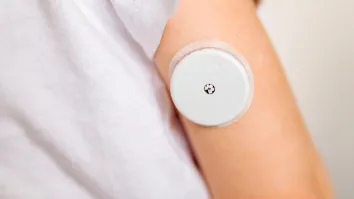

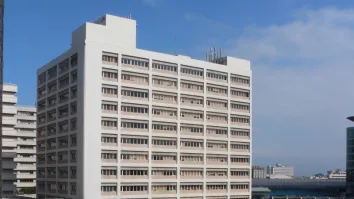

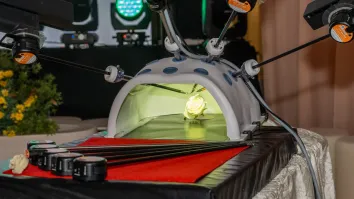
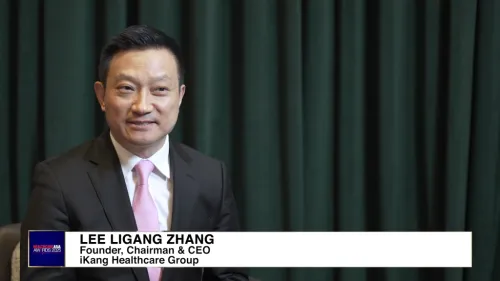
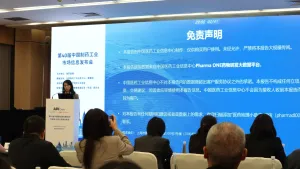
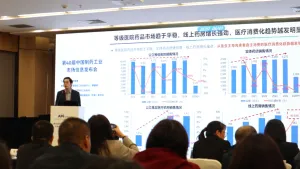
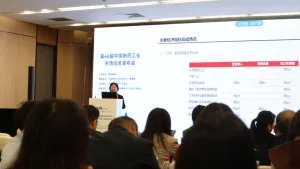
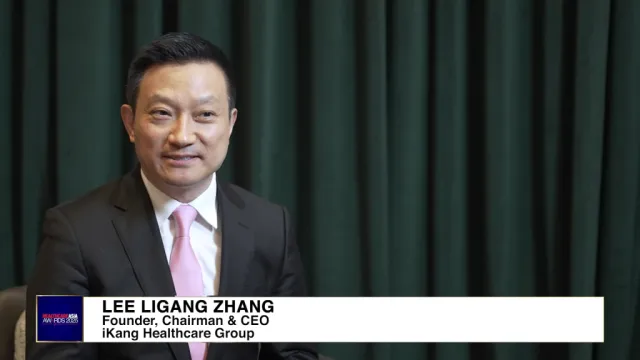


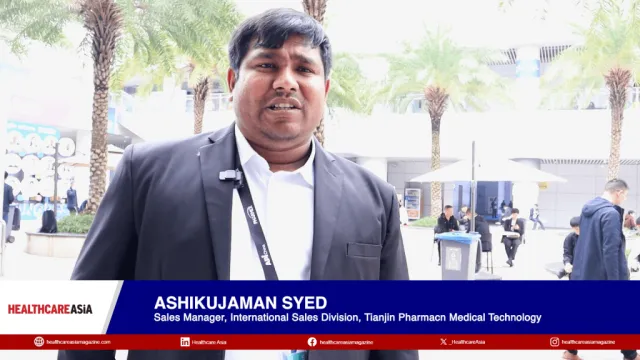
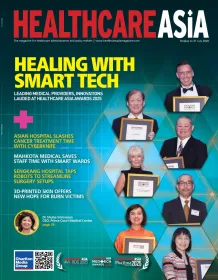
 Advertise
Advertise





